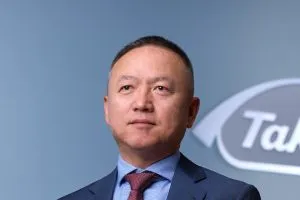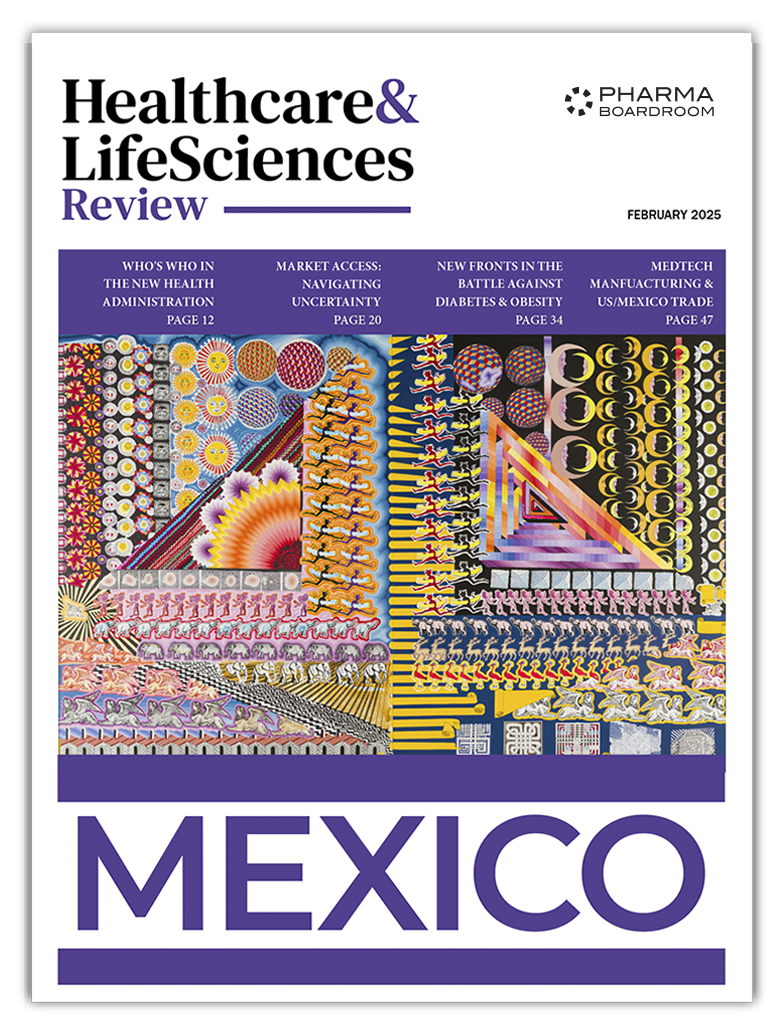After 12 years at the helm, Takeda CEO Christophe Weber is stepping down, leaving behind a transformed company. Under his leadership, Japan’s biggest drugmaker expanded globally with the $62 billion acquisition of Shire, made waves with its dengue vaccine QDENGA, navigated the loss of exclusivity on its ADHD blockbuster, and undertook a sweeping restructuring. As Takeda prepares for a new era under incoming CEO Julie Kim, we explore the top priorities shaping its regional affiliates and the key challenges their leaders are tackling.
Tackling Dengue in Southeast Asia and India

Dengue is surging across Southeast Asia and India, with cases reported to the World Health Organization (WHO) skyrocketing from 505,430 in 2000 to 5.2 million in 2019. For Takeda, the approval of its dengue vaccine QDENGA marked a major milestone in the fight against this fast-spreading, potentially deadly disease.
“Dengue is not just common in I-SEA—it can be fatal, especially with secondary infections,” explains Dion Warren, Takeda’s Area Head for India and Southeast Asia. Global warming is making matters worse, he warns. “Rising temperatures and tropical rains are expanding the Aedes mosquito population, worsening the global dengue burden. This makes robust prevention strategies—including vaccination—more critical than ever.”
Takeda created the I-SEA region specifically to prioritize dengue, recognizing its public health impact and the region’s need for vaccines. “QDENGA represents Takeda’s first major step into vaccines outside Japan,” Warren notes.
Now approved in over 40 countries, QDENGA first launched in Indonesia and Thailand, with Malaysia and Vietnam following in 2024. Approvals in India, the Philippines, and Singapore are in progress. To boost affordability, Takeda has introduced a tiered pricing strategy, adjusting costs by country to ensure access in low- and middle-income nations.
But a private-sector launch isn’t enough. Takeda is actively working with governments, NGOs, and healthcare providers to improve prevention, education, and vaccine adoption. “Dengue control is about more than just a vaccine,” Warren emphasizes.
The ultimate goal? Integration into national immunization programs. “Right now, QDENGA is largely available privately,” Warren acknowledges. “But real-world data from private sector use will be key in proving its safety and efficacy for national rollout.”
China: Takeda’s Fastest Growing Market

Takeda’s bold bet on China is paying off. Since 2015, the company has invested $42 million annually to expand its pipeline and market presence, a move that proved well-timed given sweeping regulatory reforms introduced by China’s National Medical Products Administration (NMPA) and National Healthcare Security Administration (NHSA).
“When I joined Takeda, we had a relatively modest footprint in China,” recalls Sean Shan, President of Takeda China. “Today, China is our third-largest market globally, surpassing Canada, Germany, and the UK in revenue. Our presence has grown nearly six-fold, a testament to our long-term strategy and execution.”
A major driver of this growth was Aspiration China, a five-year plan (2020-2025) aimed at sustainable expansion. “We set out to introduce 15+ first-in-class or best-in-class drugs to the Chinese market and expand access to over 10 million patients,” Shan explains. “We’ve now hit that ambitious target.”
But success in China demands speed. “The market moves fast, and staying competitive means making quick decisions and executing efficiently,” Shan emphasizes. The integration of Shire into Takeda was a key test, requiring rapid alignment and swift operational changes.
Another challenge? Building a strong local team. “We needed to expand our talent pool,” Shan notes. “For leadership roles, we brought in top industry talent; for other key positions, we focused on high-potential hires eager to grow with us. Today, Takeda China has 2,500 employees and continues to expand.”
Unlocking Europe’s Untapped Innovation Potential

Europe has long been a global leader in scientific innovation, yet its full potential remains untapped, says Ricardo Werner Marek, President of Europe and Canada at Takeda. “Knowledge and expertise are not exclusive to the U.S. or China—Europe has a rich legacy in R&D and the talent to drive future breakthroughs,” he emphasizes.
To reignite Europe’s innovation ecosystem, Marek calls for stronger collaboration between academic institutions, pharma companies, and governments—backed by EU policies that incentivize investment. “Capital flows to environments with clear, efficient regulatory frameworks. Europe must ensure it remains an attractive destination for life sciences innovation,” he argues.
Marek sees rare disease treatment as a major area where Europe lags behind. “National healthcare systems need dedicated rare disease frameworks, beyond just EMA guidelines,” he asserts. A continent-wide strategy would help align policy, clinical practice, and funding, ensuring faster access to innovative therapies.
The EU’s proposed pharma legislation also presents a significant shift. It would require new medicines to launch across all 27 member states within 2-3 years of approval—an ambitious but challenging goal. “Each country has its own pricing and reimbursement system, creating delays that range from six months to over two years,” Marek explains. “Both pharma companies and national regulators will need to adapt quickly to prevent bottlenecks.”
One promising development is the European Network for Health Technology Assessment (EUnetHTA), which aims to streamline drug evaluations across the EU. “A well-implemented framework could significantly speed up access to new treatments, while still allowing established HTA bodies some independence,” Marek notes.
With the right policies, investment incentives, and regulatory alignment, he feels that Europe can reclaim its place as a global innovation leader—but unlocking its full potential will take bold action.
Beyond Manufacturing: A Vision for Mexico’s Pharma Future

Marking 60 years in Mexico, Takeda has built a unique, integrated operation within its global network. “Our presence here isn’t just about commercial operations,” says Hernán Porcile, GM of Takeda Mexico. “We have a manufacturing site, a strong commercial footprint, and now, our Innovation Capability Centre (ICC), one of just three worldwide, alongside Bratislava and an upcoming center in India.”
But Takeda’s commitment to Mexico goes beyond infrastructure. “We are investing in talent, digital transformation, and global service delivery to drive innovation,” Porcile emphasizes. “It’s about creating an ecosystem where Mexico plays a bigger role in pharma innovation, not just as a manufacturing hub.”
One of Takeda’s key strategies in Mexico has been expanding local clinical research. “We are creating early clinical experiences, ensuring that investigational programs generate valuable local data,” explains Porcile. “This accelerates access to new treatments and supports regulatory approvals, benefiting Mexican patients firsthand.”
Takeda’s proactive regulatory approach has significantly sped up approvals, making Mexico an increasingly attractive market for pharma innovation. “By conducting research locally and staying ahead of regulatory shifts, we ensure that Mexico remains a key player in global healthcare innovation,” says Porcile.
With major investments, R&D expansion, and a commitment to talent, Takeda is strengthening its position in Mexico—not just as a market for medicines, but as a hub for scientific progress and innovation.



